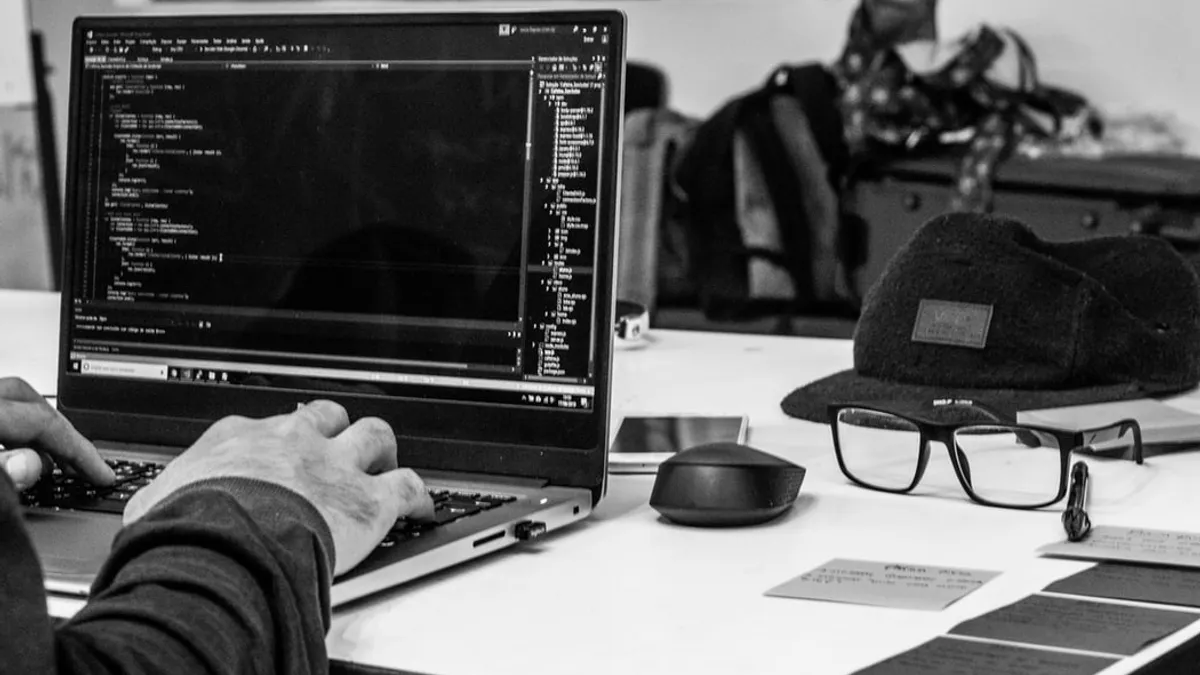Supply chain professionals are optimistic about the potential for artificial intelligence within their operations, but they have also struggled with the technology during the coronavirus pandemic, according to a survey from Secondmind, which develops machine-learning applications for businesses.
The survey (which polled more than 500 supply chain managers and planners using AI) found that 90% of respondents believe AI will transform supply chains for the better by 2025, while 82% have been frustrated by AI-powered decisions during the course of the pandemic.
The discrepancy highlights potential barriers of AI while underscoring that professionals who have experienced these issues still see a future for the technology.
AI in supply chain: What does it mean?
AI is an umbrella term that can include many statistical or computer science techniques.
Gary Brotman, vice president of product and marketing at Secondmind, said he views AI as a term for processes that allow a computer to do something that would traditionally be done by a person. This typically includes techniques such as machine learning and deep learning.
"Machine learning is where the action is," Brotman said.

The ways in which AI is used within a supply chain can vary quite widely, according to Larry Snyder, the director of the Institute for Data, Intelligent Systems, and Computation at Lehigh University and senior research fellow at Opex Analytics.
"When folks at Opex or other similar companies say, 'AI in SC,' I think they usually mean something more like teams of people creating models in R or Python, and then deployed using Tableau or other tools," Snyder wrote in an email.
"It wouldn't surprise me if some methods for demand forecasting that have been around for decades are now being given an AI facelift."

Larry Snyder
Director of the Institute for Data, Intelligent Systems, and Computation at Lehigh University
But some have also started to consider software tools with machine learning functionality to be AI applications, while old statistical methods that have been around for years might now fall into the AI bucket, he said.
"It wouldn't surprise me if some methods for demand forecasting that have been around for decades are now being given an AI facelift, even if the underlying method is relatively the same," Snyder said.
Regardless of the AI technique being used, users see potential.
"There is some level of utility in automation and the promise of this getting better over time," Brotman said.
Snyder said machine learning could make strides in providing inventory recommendations to companies. Many companies have started using clustering techniques to improve internal operations.
The power of humans in AI
Many AI applications rely on the interpretation of historical data. And this is not the first time that a survey of industry insiders have highlighted issues around this method. In June, a survey found that 51% of shippers are struggling with a lack of clarity around consumer demand.
"The past can be a data point, but not the sole basis for making a forecast," Brotman said.
The Secondmind survey found that 59% respondents consider AI to be faster than humans, and 72% said it is more accurate when it comes to forecasting. But nearly a quarter of respondents (23%) were frustrated by the inability to apply their own domain expertise to the output of the forecast.
"There has to be a way to take what the system is capable of providing and serving in terms of prediction and allowing the expert to then also contribute to that final decision," Brotman said.
A report accompanying the survey noted that people need AI, but AI also needs people to be part of the decision-making process.
"The past can be a data point, but not the sole basis for making a forecast."

Gary Brotman,
Vice president of product and marketing at Secondmind
"We have to expect people to continue to be in the loop, especially when unexpected events occur," Snyder said.
He gave the analogy of a spreadsheet that calculates demand forecasts. If something changes in the business model, a human would have to adjust the spreadsheet formulas.
"The same is true of AI tools. They are only tools — not sentient beings — and when they stop being the right tool for the job, they need to be tweaked or replaced so they work better," Snyder said.
Making these changes in real time, though, is not easy. Four in 10 survey respondents said existing processes are too rigid to quickly adapt to market conditions.
"AI has a lot of promise, but it's just a set of tools," Snyder said. "It's not a magic black box that can do everything we want it to, with little or no training or human intervention. Most AI tools are pretty narrowly focused, and smart, knowledgeable people will always be needed to use, and especially to build, them."
"AI has a lot of promise, but it's just a set of tools."

Larry Snyder
Director of the Institute for Data, Intelligent Systems, and Computation at Lehigh University
A paper published last month looked at multiple forecasting methods including time series analysis, machine learning and deep learning for helping to understand demand during a pandemic. The researchers called for a flexible forecasting method.
"In addition to the preparations for fluctuations in demand, particularly in view of a lockdown, our results indicate that the approach to forecasting needs to continuously adjust to take into account the changing needs," the researchers recommend. "This would imply changes to the forecasting models as well."
This story was first published in our weekly newsletter, Supply Chain Dive: Operations. Sign up here.















